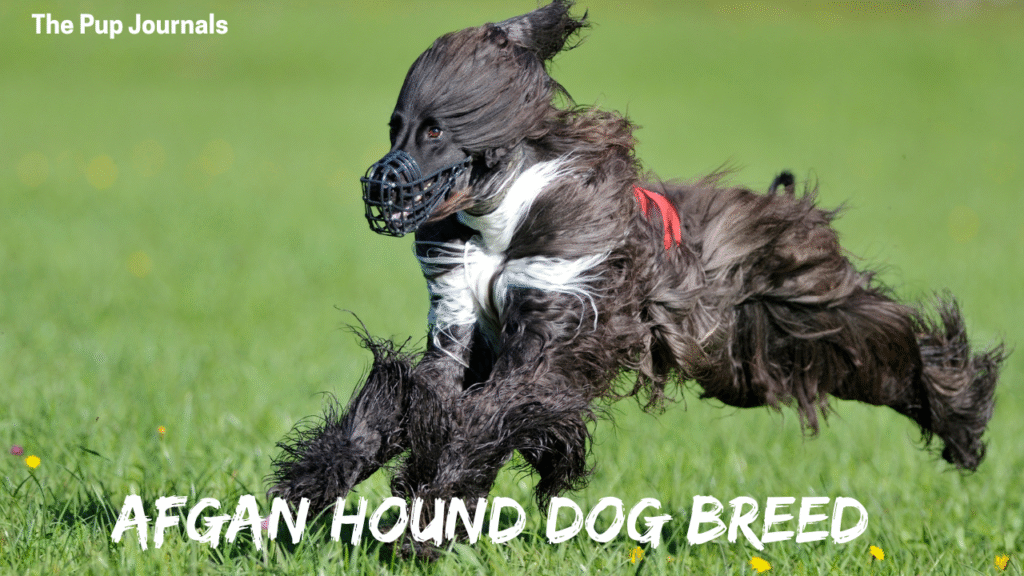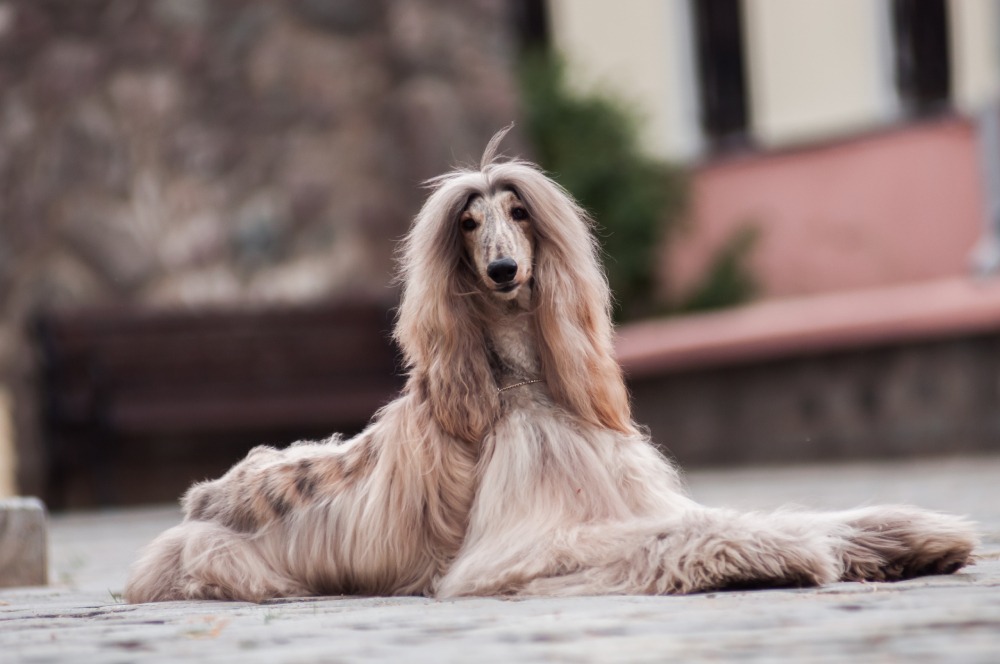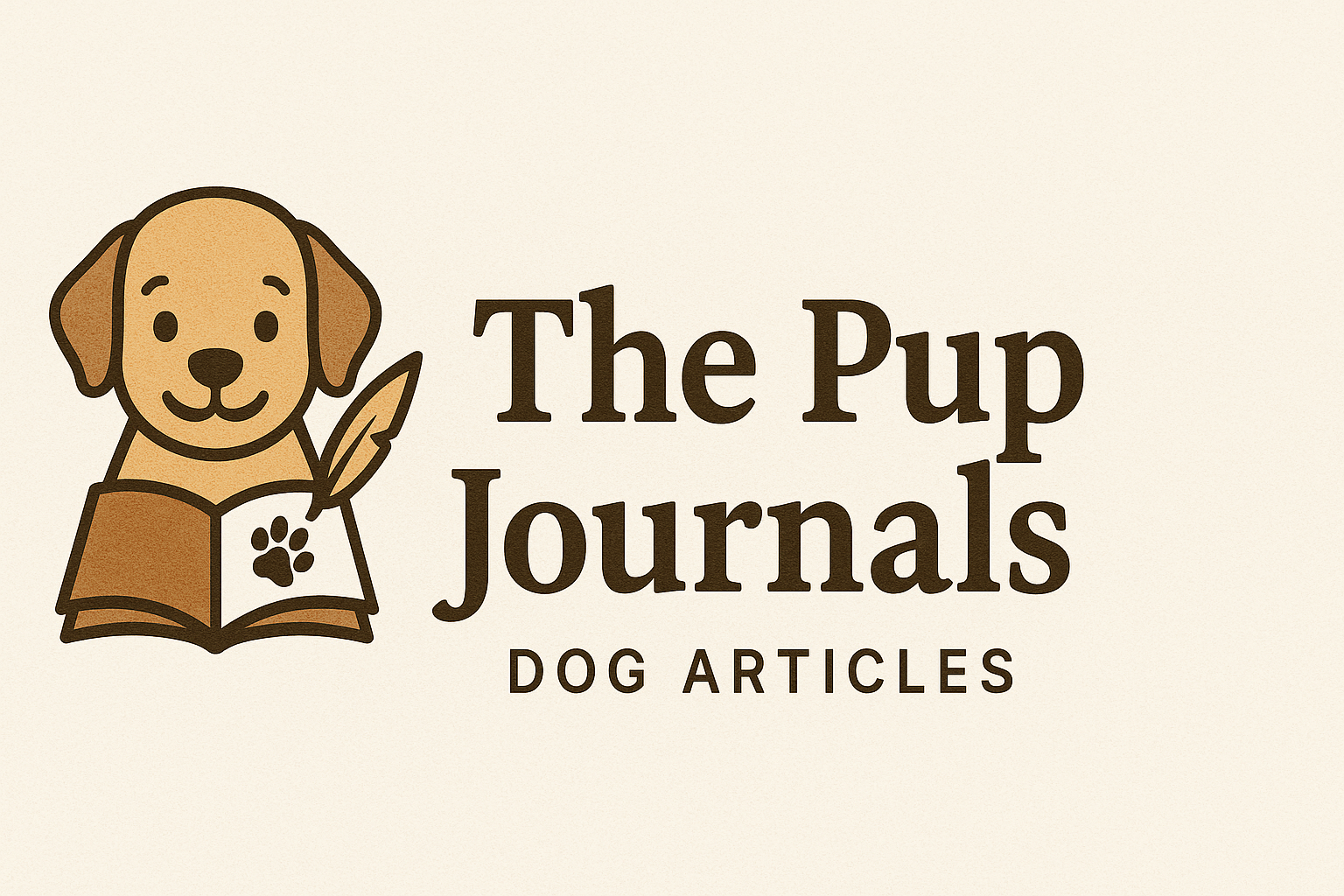
The Afghan Hound dog breed amazes with its graceful carriage and dignified look. This guide will help you care for an Afghan Hound with simple, clear tips. You will learn Afghan Hound history, temperament, care, training, and living advice.
We keep language easy, lucid, and focused on your dog’s needs. Each tip uses active voice and short sentences for quick reading. Follow this guide to build trust and joy with your Afghan Hound.
History and Origin of the Afghan Hound
The Afghan Hound traces its roots to ancient Afghanistan’s mountain regions. Hunters used these dogs for speed and sight tracking in rough terrain. Their long coat protected them from cold winds and rocky edges. Afghan Hound history goes back over two thousand years in tribal packs.
British officers brought Afghan Hound to Europe in the early 1900s. They admired the breed’s elegance and rare hunting abilities. The Kennel Club of England first recognized the Afghan Hound in 1928. Today this breed wows fans with its unique style and proud presence.
Appearance and Coat of the Afghan Hound
Afghan Hound dogs stand 25 to 27 inches tall at the shoulder. Adult dogs weigh between 50 and 60 pounds depending on sex. They sport a silky, flowing coat that covers their entire body. Coat colors range from cream, gold, and silver to black and brindle.
Their long ears and tail hair add to their elegant look. Afghan Hound has a lean, muscular build for high speed running. Their almond-shaped eyes show a confident, noble expression at all times. Weekly brushing prevents mats and keeps their luxurious coat in top shape.
Temperament and Personality
The Afghan Hound shows independence and a calm, regal demeanor at home. They bond strongly with their family and remain loyal protectors. Afghan Hounds greet strangers with polite caution and reserved curiosity. This breed can display a stubborn streak during training sessions sometimes.
They love gentle petting but value personal space like a cat. Afghan Hound use their keen sight and speed in playful chases. Early socialization helps balance their dignified nature with friendly behavior.

Training Your Afghan Hound
Training your Afghan Hound needs patience, positive reinforcement, and short sessions. Start basic commands like sit, stay, and come in early puppyhood. Use treats, toys, and verbal praise to reward all good behaviors. Avoid long drills that can bore the agile, sensitive Afghan Hound.
Enroll in puppy classes for socialization and structured learning experiences. Consistency and clear commands build trust and help curb stubbornness. Gradually introduce leash walking to boost your Afghan Hound’s confidence outdoors.
Exercise Needs
Afghan Hound require daily exercise to stay fit and happy. Plan at least one long walk or run each morning. Add playtime in a safe, fenced yard with thrilling games. Use lure coursing or scent trails to tap into their instincts.
Avoid vigorous exercise in extreme heat to protect their health. Short indoor play sessions help on rainy or cold days. Regular exercise stops boredom and minimizes destructive behaviors at home.
Nutrition and Diet
Feed your Afghan Hound high quality dry kibble or fresh food mix. Choose formulas with lean protein and healthy fats for energy. Divide meals into two portions per day for steady nutrition. Adjust portions based on activity level, age, and metabolism changes.
Provide fresh water at all times to keep your dog hydrated. Avoid table scraps and high fat treats to prevent obesity. Consult your veterinarian for diet tweaks or special health needs.
Grooming and Coat Care
Groom your Afghan Hound at least three times each week. Use a slicker brush to remove mats and loose strands. Bathe only when needed to maintain natural skin oils and shine. Dry their coat thoroughly to avoid damp mats or skin issues.
Check ears weekly for debris, wax, or infection signs carefully. Trim nails every three to four weeks for paw comfort and health. Brush teeth regularly to prevent dental disease and bad breath.
Health and Lifespan
Afghan Hound typically live twelve to fifteen years with good care. They face some health concerns like hip dysplasia and eye conditions. Regular eye exams catch progressive retinal atrophy before it worsens. Hip screenings help identify dysplasia risks early for breeding dogs. Afghan Hound breed can get autoimmune thyroiditis affecting weight and energy.
Bloat can threaten deep chested dogs; feed smaller, frequent meals. Keep a calm feeding area to reduce gulping and stress before meals. Yearly vet visits and blood tests catch issues early for treatment. Maintain parasite prevention year-round for fleas, ticks, and heartworms. Balanced nutrition and regular exercise support long term health and vitality.
Living with Your Afghan Hound
Afghan Hound adapt to homes and apartments with enough exercise. Provide a cozy, quiet spot for rest after active play. Use baby gates to block unsafe zones like stairs and tubs. Always supervise around small children or fragile items for safety.
Rotate toys and games to keep life interesting every day. Afghan Hound love lounging on couches or window perches peacefully. Provide mental games during alone time to avoid separation stress.
Finding and Adopting an Afghan Hound

Choose a reputable breeder who offers health clearances and contracts. Ask for hip and eye screening results from puppy’s parents. Visit breeders to assess puppy living conditions and social habits directly. Meet littermates and observe energy and behavior before choosing a puppy.
Consider rescue groups for adult Afghan Hound seeking second chances. Adoption fees often include vaccines, spay or neuter, and microchip service. Prepare your home with grooming tools, bedding, bowls, and safe toys.
Socialization and Playdates
Socialization helps Afghan Hound feel secure around people and pets. Invite friends and their dogs for controlled, calm playdates often. Puppy classes offer structured social time and basic training at once. Reward calm behavior around strangers to reinforce positive interactions always. Proper socialization reduces fear and fosters a friendly, confident mindset.
Travel and Vacation Tips
Afghan Hound adapts to travel with proper preparation and breaks. Use a secure crate or harness for safe car rides. Pack favorite bedding, toys, and familiar items to reduce stress. Research dog-friendly hotels and parks before planning your trip together.
Fun Facts About the Afghan Hound
The Afghan Hound features a unique blue tongue like chow chow dogs. Their silky coat can reach over a foot long in show dogs. These dogs excel at lure coursing with unmatched speed and grace. Afghan Hound often appear in art and fashion for their fascinating charm.
Interactive Bonding Activities
Spend quiet time brushing and grooming to strengthen your bond always. Teach your Afghan Hound new tricks like spin or bow daily. Play scent games by hiding treats around your home for fun hunts. Take photo sessions to celebrate your Afghan Hound’s beauty and charm. Morning cuddles on the couch can start both your days with joy.
Afghan Hound in Shows and Sports
Afghan Hound excel in conformation shows with their elegant movement and coat. Lure coursing events showcase their speed, agility, and sight hunting skills. Many owners train for obedience or agility to channel their dog’s energy. Show handlers condition the coat and posture to highlight breed standards. Winning ribbons often go to dogs with balanced structure and confident gait.
Common Misconceptions
Many think Afghan Hound needs constant baths, but they require minimal grooming. Their independent nature does not mean they do not love human company. Afghan Hound can adapt to apartment living with exercise and routine. Some believe they cannot be trained, but they thrive with positive methods. They may look fragile, but they possess strong endurance and athleticism.
Tech and Tracking Tips
Use GPS trackers on your Afghan Hound for peace of mind outdoors. Smart feeders can help manage portions and feeding schedules automatically. Activity monitors track exercise levels to keep your dog in peak condition.
Health Screenings and Tests
Genetic testing helps identify potential risks like CLAD or cataracts early. Hip and elbow X-rays guide breeding decisions and reduce dysplasia rates. Regular blood work can catch thyroid or kidney issues before symptoms appear.
Conclusion
The Afghan Hound dog breed impresses with grace, loyalty, and spirit. Use this guide to meet your Afghan Hound’s unique needs gracefully. Positive training, balanced care, and daily exercise foster happy, healthy dogs.

